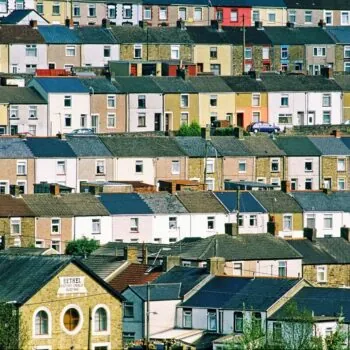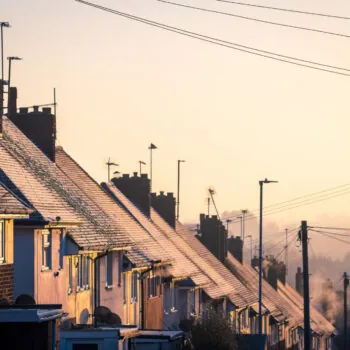The deep decarbonisation of Europe’s energy system changes the role of gas and the existing gas infrastructure. Achieving net-zero emissions does not leave room for unabated combustion of fossil gas.
In this briefing, E3G looks at the potential contribution of different options for ‘renewable or decarbonised’ gas to the decarbonisation of the energy sector. It assesses what each option means for gas infrastructure use and planning, alongside technical and economic potentials and compatibility with a net-zero economy.
It finds:
- Europe should continue to innovate and explore different forms of renewable and decarbonised gas to test full potential and impacts. However, not all forms of renewable or decarbonised gas are compatible with a net-zero emissions society.
- The future prospect of renewable and decarbonised gases is no reason to slow down electrification or efficiency at this stage: considerable levels of efficiency and electrification are needed in all scenarios that are compatible with the Paris Climate Change Agreement.
Big changes to gas networks are needed in the transition to a net-zero emissions society. None of the Paris-compliant scenarios with renewable or decarbonised gas show increasing gas demand, and most of them show a sharp decline in gas volumes compared to today. This suggests there is no justification for the expansion of the gas networks, in particular not for imports.
- Limited potential and – currently – unfavourable economics require defining where the use of decarbonised or renewable gases would be of highest societal value. The focus should be concentrated on hard-to-decarbonise sectors.
- There is currently no consensus on
- which forms of renewable or decarbonised gas are most likely to succeed. Each form of renewable or decarbonised gas comes with infrastructure challenges and choices of its own.
- which sectors would generate significant demand. In many sectors, renewable or decarbonised gases would compete with alternatives such as fossil gas itself, electrification or demand side measures.
- The EU’s planning processes can become a guide for investors as to the future value of gas networks, by:
- giving sufficient granularity to distinguish between sources, production processes and end products for renewable and decarbonised gas, to reflect their differing infrastructure and climate impacts.
- developing scenarios that assess impacts of electrification, efficiency and renewable and decarbonised gases together to offer nuance between “all-electric” and “business as usual” scenarios.
- accounting for costs related to changes in infrastructure for the purposes of making the network fit for renewable or decarbonised gas.
A summary of the report is available in Italian here.


